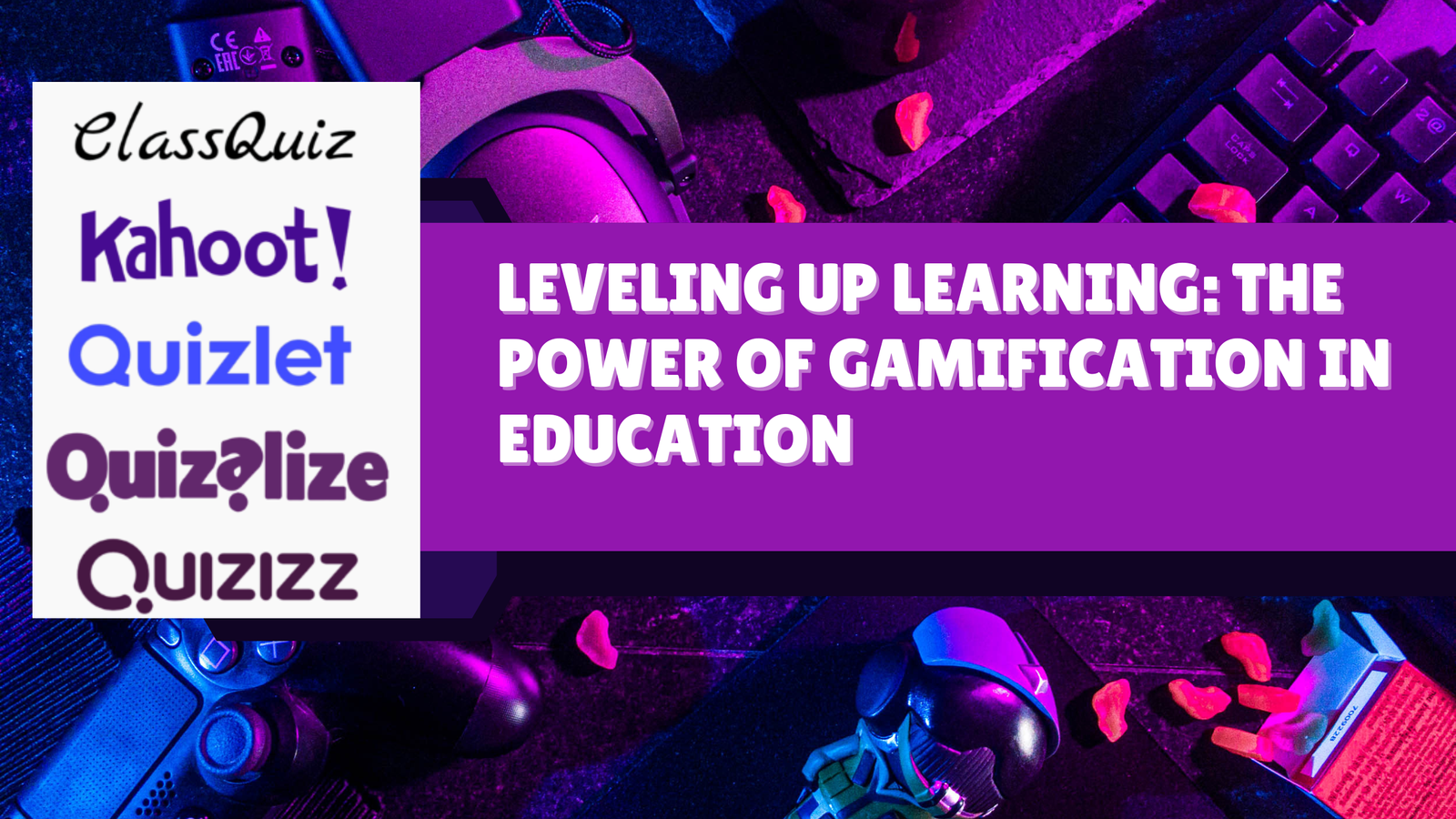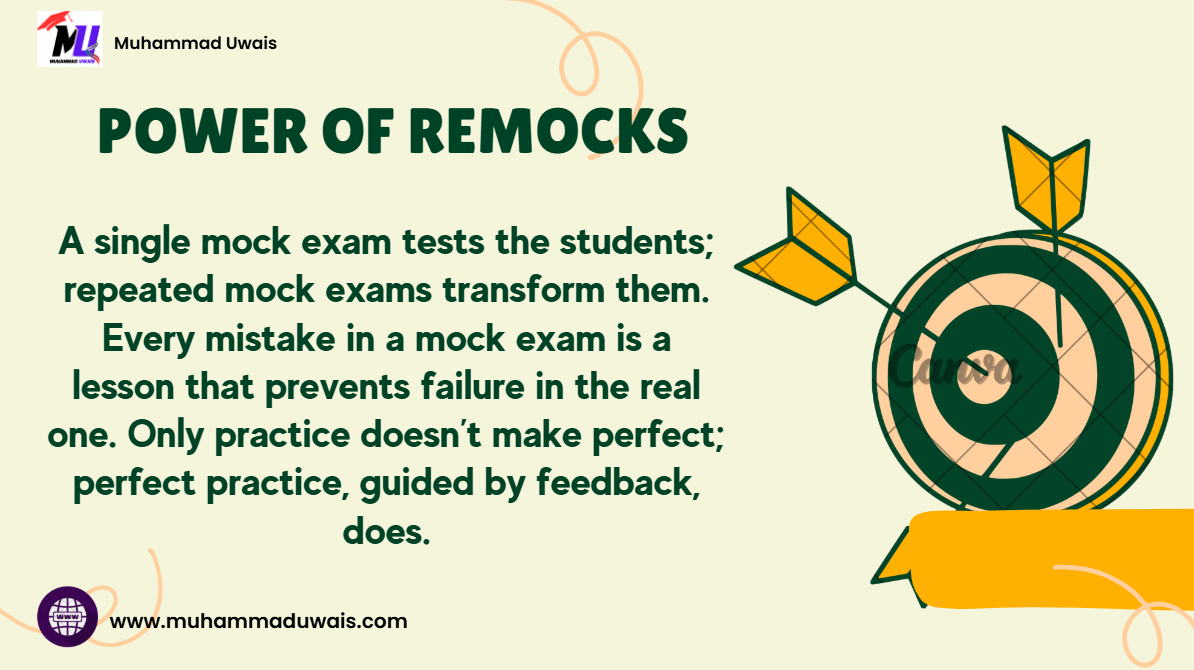Gamification in Education: Turning Lessons into Adventures
Introduction
In an era where students are growing up immersed in digital technology, traditional teaching methods often struggle to capture and maintain their attention. Gamification—the integration of game design elements into non-game contexts—has emerged as a powerful tool to engage students and enhance their learning experiences. By turning lessons into interactive adventures, gamification fosters motivation, encourages active participation, and makes learning enjoyable. This article explores how gaming concepts can be applied in education, their benefits, challenges, and best practices for implementation.
What is Gamification in Education?
Gamification in education refers to the use of game-like elements such as points, badges, leaderboards, challenges, and interactive storytelling in the learning process. Unlike educational video games, which are standalone learning tools, gamification integrates these elements into the curriculum to enhance traditional teaching methods.
Examples of gamification in education include:
- Awarding points for completing assignments or quizzes
- Implementing level-based progressions where students unlock new topics as they master concepts
- Creating classroom leaderboards to encourage friendly competition
- Using badges or certificates as recognition for achievements
- Introducing interactive quests and storytelling to make lessons immersive
Benefits of Gamification in Learning
1. Increased Student Engagement
Gamification transforms passive learning into an interactive experience. Elements like rewards and challenges create a sense of excitement, keeping students engaged for longer periods.
2. Enhanced Motivation and Persistence
Games leverage intrinsic motivation by providing immediate feedback, setting clear goals, and creating a sense of achievement. This encourages students to persist through difficulties rather than becoming discouraged.
3. Encourages Active Participation
Rather than passively absorbing information, students become active participants in their learning journey. This hands-on approach fosters deeper understanding and retention of knowledge.
4. Development of Critical Thinking and Problem-Solving Skills
Gamification often involves strategy, decision-making, and creative problem-solving. These skills translate into real-world applications, preparing students for future challenges.
5. Personalized Learning Paths
Adaptive gamification tailors challenges to individual students based on their progress and needs. This ensures that learners move at their own pace, reinforcing their strengths and addressing their weaknesses.
6. Instant Feedback and Progress Tracking
Students receive immediate feedback on their performance, allowing them to understand mistakes and improve. This eliminates the long wait for test results and makes learning a continuous, iterative process.
Key Gamification Strategies in Education
1. Points, Badges, and Leaderboards (PBL)
Assigning points for completed tasks, awarding badges for achievements, and displaying leaderboards create a sense of accomplishment and healthy competition among students.
2. Quests and Storytelling
Turning lessons into narratives where students embark on quests or missions makes learning feel like an adventure. This approach works well for history, literature, and even science subjects.
3. Level Progressions and Unlockable Content
Allowing students to “level up” by mastering topics ensures a structured yet flexible learning path. Unlocking new content upon completion of tasks keeps students motivated to progress.
4. Gamified Assessments
Instead of traditional exams, gamified quizzes with interactive elements make assessments more engaging. Escape-room-style tests and digital scavenger hunts are great examples.
5. Collaborative Learning through Team Challenges
Encouraging teamwork through group challenges and cooperative tasks builds collaboration and social skills while making learning fun.
6. Augmented Reality (AR) and Virtual Reality (VR)
Technologies like AR and VR take gamification to the next level by providing immersive learning experiences. Virtual field trips and interactive science simulations make abstract concepts tangible.
Challenges of Implementing Gamification in Education
While gamification has numerous benefits, it also comes with challenges that educators must navigate:
1. Balancing Fun and Learning
Too much focus on game elements can overshadow educational objectives. It is crucial to ensure that gamification enhances rather than distracts from learning.
2. Resource Constraints
Implementing gamification requires time, effort, and sometimes financial investment in technology. Schools with limited resources may struggle with widespread adoption.
3. Varying Student Preferences
Not all students respond positively to competitive elements like leaderboards. A well-balanced approach that caters to different learning styles is necessary.
4. Assessment and Grading Challenges
Traditional grading methods may not align perfectly with gamified learning. Teachers must develop innovative assessment strategies that reflect both engagement and mastery.
5. Overuse of Extrinsic Rewards
Excessive reliance on external rewards like badges and points can reduce intrinsic motivation over time. Gamification should aim to instill a genuine love for learning rather than dependency on rewards.
Best Practices for Effective Gamification
To maximize the impact of gamification in education, educators should consider the following best practices:
- Align Game Elements with Learning Objectives – Ensure that gamified activities reinforce educational goals rather than serve as mere entertainment.
- Provide a Balance of Challenge and Skill Level – Activities should be neither too easy nor too difficult; they should adapt to students’ abilities to keep them engaged.
- Encourage Collaboration, Not Just Competition – Implement cooperative challenges alongside competitive elements to cater to diverse student preferences.
- Use a Mix of Intrinsic and Extrinsic Motivators – While rewards and points are useful, the ultimate goal should be fostering curiosity and a passion for learning.
- Leverage Technology for Interactive Learning – Digital tools and platforms like Kahoot!, Classcraft, and Duolingo can enhance gamified experiences.
- Track Progress and Provide Meaningful Feedback – Regular feedback and progress tracking help students understand their learning journey and areas for improvement.
- Continuously Adapt and Improve – Gamification is not a one-size-fits-all approach. Gathering feedback from students and refining strategies ensures long-term success.
Top Ten Gaming Platforms
Here are the top 10 gaming platforms for education that enhance learning through gamification:
- Kahoot! – A game-based learning platform that allows teachers to create quizzes, polls, and challenges to boost student engagement.
- Classcraft – An immersive role-playing game that turns the classroom into an adventure, rewarding students for positive behavior and collaboration.
- Duolingo – A language-learning app that uses gamification elements like streaks, XP points, and rewards to encourage daily learning.
- Quizizz – A multiplayer quiz platform that makes assessments fun with live and self-paced quizzes featuring power-ups and leaderboards.
- Prodigy – A math-based role-playing game (RPG) designed for students to solve math problems while engaging in a fantasy adventure.
- Minecraft: Education Edition – A sandbox game that promotes creativity, collaboration, and problem-solving through immersive, curriculum-based lessons.
- Brainscape – A flashcard-based learning platform that uses spaced repetition and gamified study techniques to improve memory retention.
- Seesaw – A student-driven digital portfolio platform that incorporates interactive learning, badges, and feedback-driven assessments.
- Edmodo – A social learning network that integrates gamification elements like badges and progress tracking to enhance student engagement.
- Breakout EDU – A platform that brings escape-room-style learning to classrooms, encouraging problem-solving and critical thinking.
Gamification in education is more than just a trend—it is a dynamic and effective way to enhance student engagement, motivation, and learning outcomes. By integrating game mechanics into lessons, educators can create immersive experiences that turn traditional learning into exciting adventures. While challenges exist, careful implementation and a well-balanced approach can unlock the full potential of gamification, making education more interactive, personalized, and impactful.
As the digital age continues to evolve, embracing gamification will not only prepare students for academic success but also equip them with essential skills for the future. By making learning fun and meaningful, we pave the way for a generation of motivated, curious, and lifelong learners.



